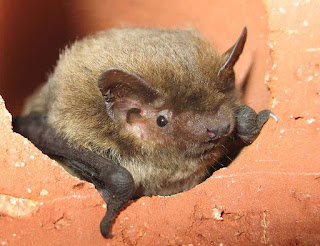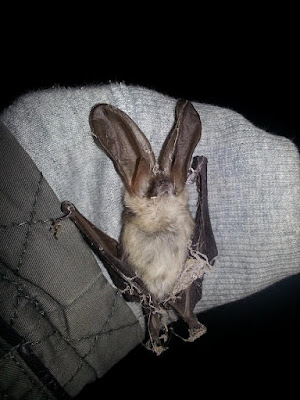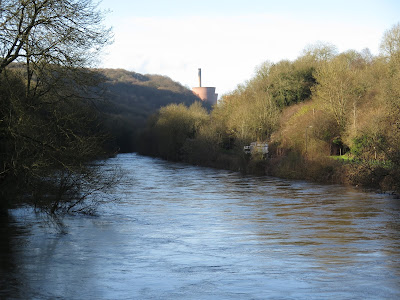It seemed a shame to waste the good weather so I went to my local cemetery and country park to see what I could find.
My local cemetery supports a wide range of bird species and some bat species.
Primrose Primula vulgaris
Spring Crocus Crocus vernus
The daffodils are springing up everywhere
Garden Grape Hyacinth Muscari botryoides
Ivy-Leaved Toadflax Cymbalaria muralis
Spotted a Jay (Garrulus glandarius), characteristically quite elusive, so not a great photo!
Magpies (Pica pica) seem to be everywhere I go at the moment!
Came across a robin (Erithacus rubecula) perched on a branch.
Lovely sunshine across the fields.
Hart's Tongue Fern Asplenium scolopendrium
Muddy view across the lake.
Male blackbird Turdus merula
A crowd of Tufted Ducks Aythya fuligula
A particularly friendly one!
Blue tit Cyanistes caeruleus
A Dunnock Prunella modularis
Another lovely view across the lake.
Great Crested Grebe (unfortunately with crest down) Podiceps cristatus
Stinking Iris Iris foetidissima
Nice view from the hide with cormorants and gulls.
Ivy covered winter trees
Bad quality picture unfortunately, but there is a Chaffinch in there somewhere!
Robin in full song mode
Marsh Marigold Caltha palustris
Most of these pictures were taken at Cosmeston Lakes country park near Penarth in the Vale of Glamorgan. It is a lovely place and well worth a visit if you enjoy nature and walking! It also hosts a medieval village.
February is a great time to go out bird watching as the trees have still not regained their leaves so it's much easier to see the birds moving about. The warmer weather also means they are likely to be more active.
It's also a great time to see our earliest flowering plants coming through like Daffodils and Marsh Marigold.



































